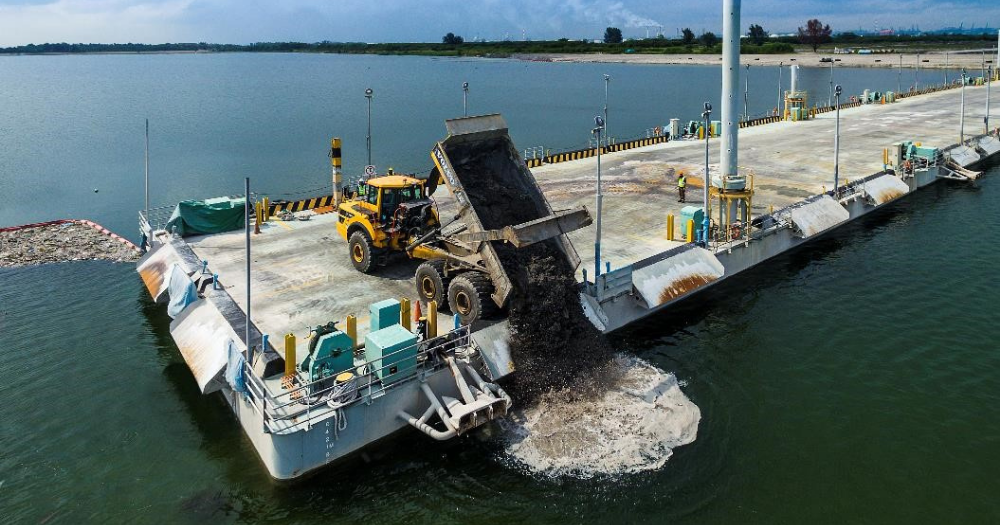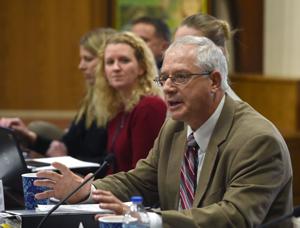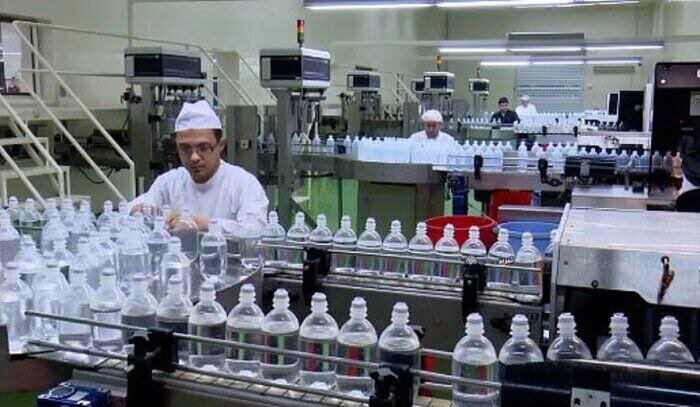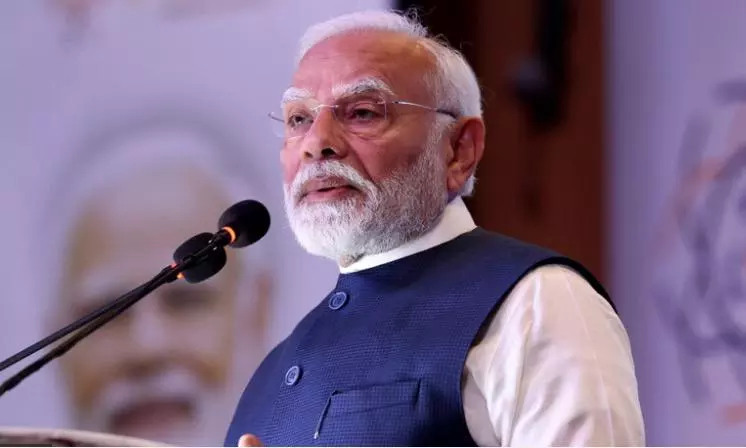
Singapore sent about the same amount of waste per capita to Semakau landfill in 2024 as six years ago, due to lower recycling rates, Senior Parliamentary Secretary for Sustainability and the Environment Baey Yam Keng said in parliament on Feb. 5. Semakau Island is the only landfill in Singapore; it is where the country stores its incinerated waste.
Baey was responding to questions from West Coast GRC Member of Parliament (MP) Ang Wei Neng on whether Singapore was on track to meet its targets under the Singapore Green Plan 2030. Launched in February 2021, the Singapore Green Plan 2030 sets out targets for sustainable development in Singapore by 2030. The targets include reducing the daily amount of waste sent to Semakau landfill per capita by 20 per cent by 2026, and to reach 1.

5 gigawatt-peak of solar energy deployment to meet 2 per cent of 2025's projected electricity demand. Not much progress on reducing waste destined for landfills On the matter of waste reduction, Baey noted that Singapore's domestic waste generated per capita and non-domestic waste generated per dollar of gross domestic product (GDP) have decreased over the past decade — a good sign. However, Baey disclosed that Singapore's waste to landfill per capita per day "remains about the same as the pre-pandemic baseline in 2018".
Baey said this is largely because recycling rates have dropped due to factors such as higher freight costs, import restrictions by foreign countries, and lower demand for recycled materials. "We will continue to strengthen our efforts and work with stakeholders to reduce waste, close the waste loop and extend the lifespan of Semakau landfill," said Baey. Authorities will work with the industry to roll out the beverage container return scheme in 2026 and also explore the use of landfill mixed materials as a commission field, Baey added.
On track to meet 2025 solar energy targets On solar energy, Baey said Singapore is on track to meet its 2025 targets. As of June 2024, the nation achieved 1.35 gigawatt peak of deployment, which can meet around 2 per cent of Singapore's annual electricity demand, said Baey.
Ang asked if the government would consider mandating the installation of solar panels to meet solar energy targets, given that such panels have gotten better and cheaper. In response, Baey noted that for the industrial sector, JTC's solar roof program has accelerated the installation of solar panels on rooftops of industrial properties since 2017. While the programme started with building solar panels on the rooftops of JTC buildings, it has since expanded to non-JTC buildings, and has made solar adoption "easy and accessible", said Baey.
Baey said that there are no such plans for the private residential sector. "MSE will continue to work with our other ministries and agencies to promote the use of cleaner energy", he added. U.
S. withdrew from Paris climate agreement: how does it affect us? Ang also asked how the U.S.
withdrawal from the Paris Climate Agreement would affect Singapore's Green Plan 2030 targets and global efforts to contain emissions. Baey said the government is observing the situation following the announcement by the second Trump administration. "We do see challenges ahead, but Singapore will continue to work with like-minded members and persevere with these targets and efforts to curb global emissions".
He also encouraged the public and industries in Singapore to continue supporting the nation in its sustainability goals. Top image from National Environment Agency.











